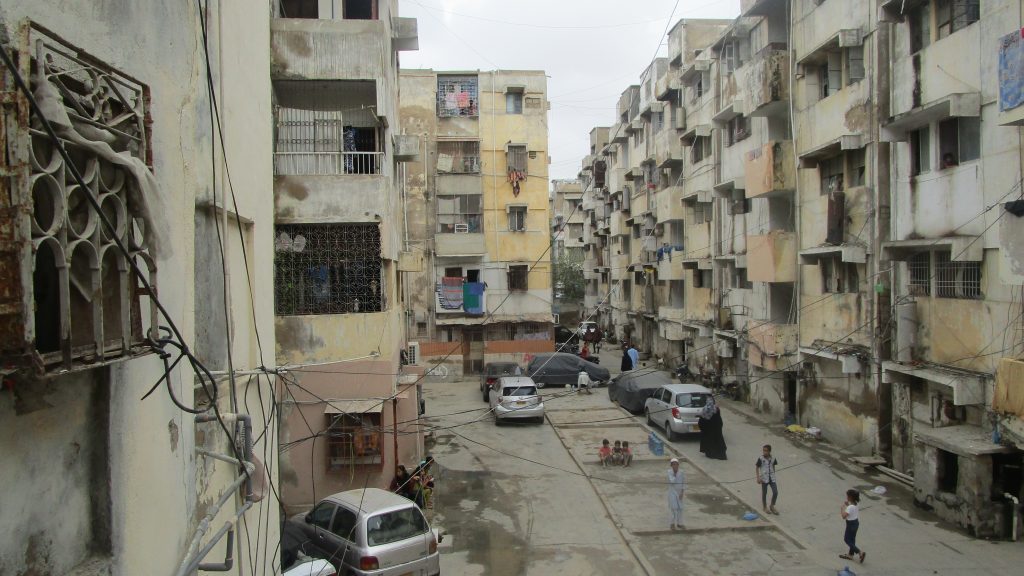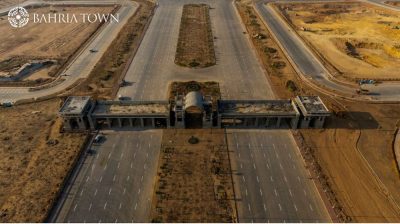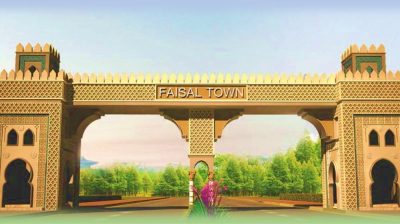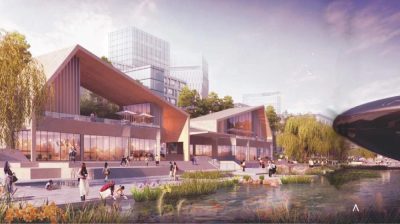According to the World Bank, residential properties make up the majority of the large net worth that Pakistani households amass by the time they are 60 to 65 years old—on average, this percentage is close to 80%.
The bank claimed that Pakistani people acquire substantial amounts of wealth (compared to their consumption levels) and that the majority of that money is rather illiquid in its most recent research, “Life Cycle Savings in a High-Informality Setting Evidence from Pakistan.”
Between the ages of 25 and 65, the net worth of the typical Pakistani household increases by 60 months’ worth of consumption.
The majority of this rise is in the form of residential property, whereas other types of wealth, such as land, durables, company and agricultural values, and financial assets, have remained stagnant over the lifetime, says the report.
Asset accumulation is slower early in life and accelerates between the ages of 40 and 65. Findings on the age profiles of consumption, income, and saving rate support this, says WB.
As per the research, the combined factors of population aging, deteriorating family and village risk-sharing networks, and inadequate formal pension coverage will make funding older consumption a significant concern in the future. Since the early 1990s, life expectancy has improved dramatically.
The report includes statistical data about Pakistan’s fertility rate which has nearly halved in the last thirty years, falling from 6.2 births per woman in 1990 to 3.5 in 2018, increasing reliance and decreasing the availability of family or network members for assistance.
The fact that families typically invest in real estate indicates that this is seen as a safe investment in comparison to other available possibilities.
Housing may be a strategy to save resources in the long run as a lack of other safe, liquid forms of saving can also limit earning opportunities offered by self-employment.
The self-employed tend to be older than informal wage workers but with similar levels of schooling. Almost half of the self-employed have no education.
The report further argues that improving alternatives for safe long-term savings outside of housing, such as through government-sponsored or subsidized age savings instruments, might result in more independence in the old life and less stress on younger families.
This implies that programs aimed at encouraging formal saving may be most successful among people in that age group, according to the study.











